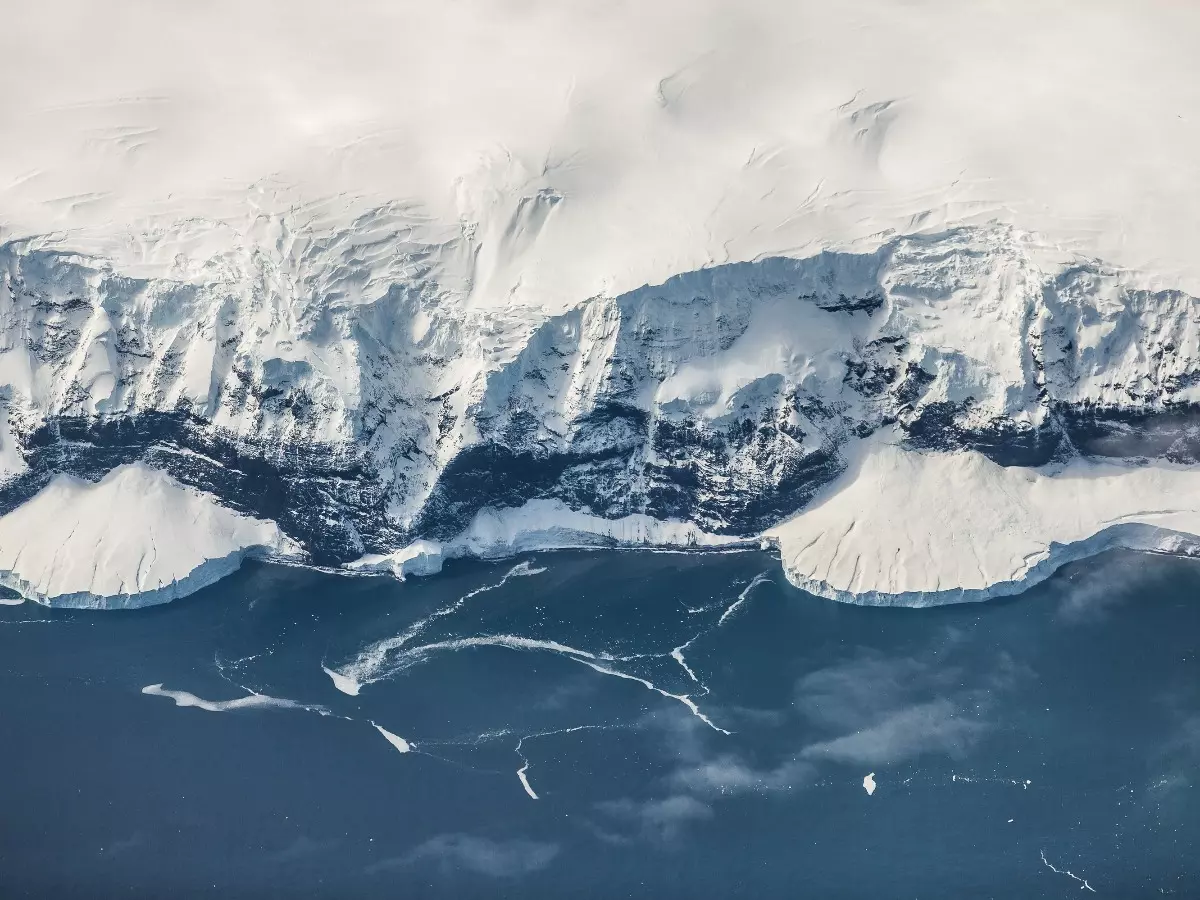Antarctic Glaciers Are Losing Ice At Fastest Rate In The Last 5,500 Years
Scientists from the University of Maine and the British Antarctic Survey have measured the rate of changes in sea level in the regions surrounding Thwaites and Pine Island glaciers in Antarctica

Glaciers in Antarctica are now losing ice at the fastest rate in 5,500 years, a study has found. Antarctica has two huge ice masses: the East and West Antarctic Ice Sheets that feed many glaciers, and WAIS is thinning at a scary rate, Phys.org reported.
Scientists from the University of Maine and the British Antarctic Survey have measured the rate of changes in sea level in the regions surrounding Thwaites and Pine Island glaciers. With this, they measured ice loss in the region.
 Unsplash
Unsplash
Measuring sea level changes through two giant glaciers
Let's not forget that the Thwaites and Pine Island glaciers are humongous - with areas of 192,000 km? and 162,300 km? respectively. Now, they're retreating at a rate not seen in the last 5,500 years. In turn, the melting of these glaciers in Antarctica could have a large impact on global sea levels.
Published in Nature Geoscience, the paper's co-author Dr. Dylan Rood said that "vital arteries" at the heart of the West Antarctic Ice Sheet "have been ruptured," while asking - "is it too late to stop the bleeding?"
 Unsplash
Unsplash
Also read: It's Snowing Microplastics In Antarctica: 13 Types Of Plastic Found In Antarctic Snow
In fact, 3.4 metres of water could be added to the global seas owing to mass melting of glaciers. To study the mid-Holocene period (that's about 5,000 years ago), scientists examined the remnants of old Antarctic beaches. With assessments of seashells and penguin bones via radiocarbon dating, scientists wanted to ascertain when each beach appeared, to eventually understand how these changes affect local sea levels.
 Unsplash
Unsplash
According to scientists, there has been a fall in relative sea level over the last 5,500 years. The rate of sea-level fall since mid-Holocene period is about five times smaller than contemporary measurements, owing to rapid ice mass loss. Based on their data of Thwaites and Pine Island glaciers, scientists concluded that these glaciers have been relatively stable since the mid-Holocene period until recent times.
 Unsplash
Unsplash
Also read: Each Human Tourist Melts 83 Metric Tons Of Snow In Antarctica, Says Study
The melting of these glaciers has doubled over the last three decades at a rate not seen over the last 5,500 years. To better understand whether current melting rates are reversible or not, scientists will drill into the glacier ice and collect more samples.
What do you think about this giant potential loss in Antarctica? Let us know in the comments below. For more in the world of technology and science, keep reading Indiatimes.com.
References
Brogan, C. (2022, June 9). Antarctic glaciers losing ice at fastest rate in 5,500 years, finds study. Phys.Org.
